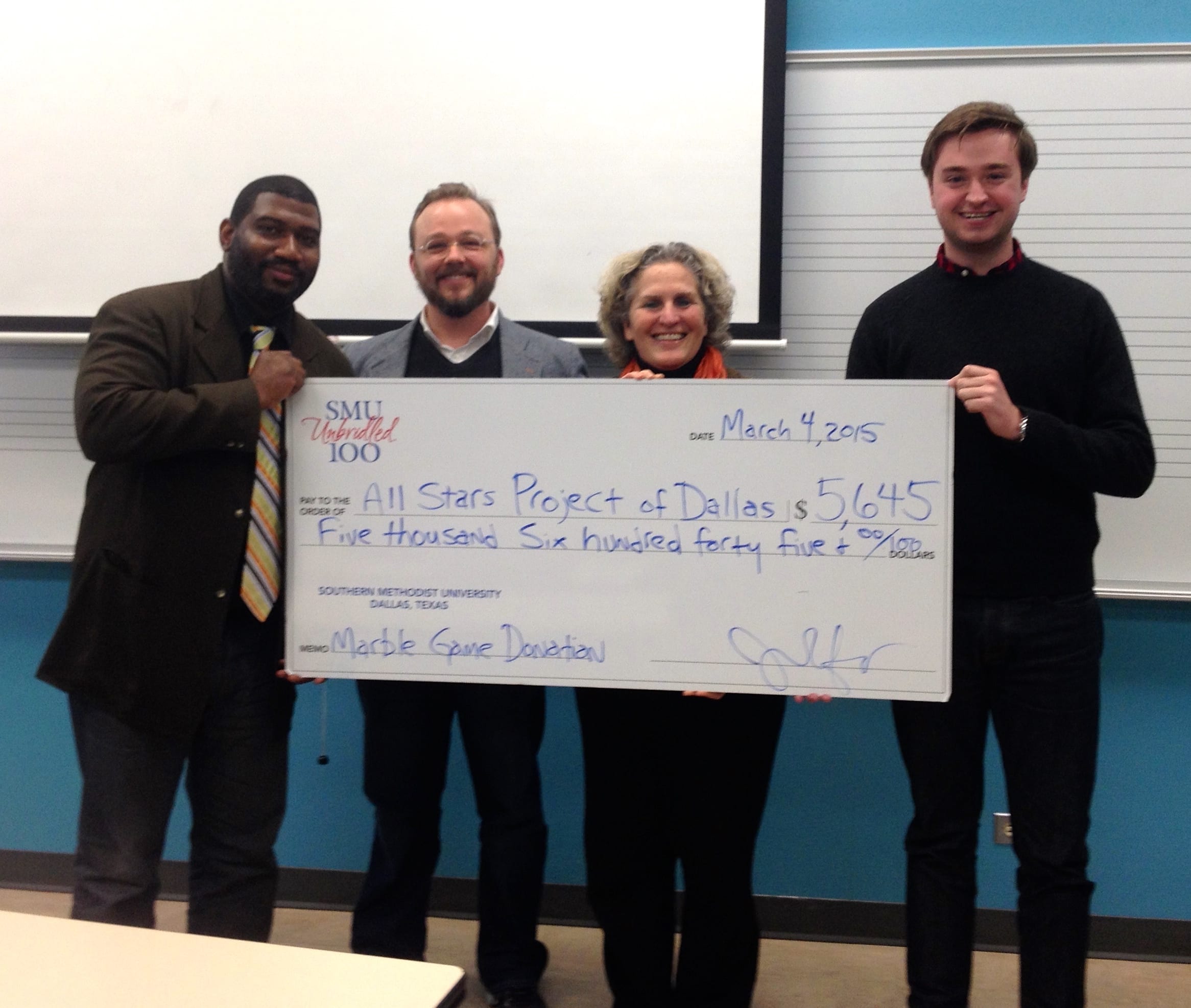What is the name of your business and what do you do/sell?
Ekaterina Photography. I am a freelance photographer specializing in fashion/editorial photography and fine arts photography. Most of my earnings come from portrait sessions and headshots.
Was getting it started very difficult or did it seem overwhelming to you?
Well I started off slowly about five years ago. At first it was a hobby that I eventually turned into a source of profit. It’s usually not overwhelming or stressful because of the people that surround me; from mentors to coworkers there is always someone that knows the answer to your questions. The support in Dallas for the arts has been steadily growing and even though there are high seasons and low seasons there is always something to work on. The trickiest part is always progressing your own business in terms of equipment and the following price increases. People will notice if you raise your rates, but it’s necessary as you purchase higher end equipment (lenses, camera body, studio lights, etc) and gain experience.
Have you ever experienced emotions such as fear, doubt, or uncertainty in the process that you were able to overcome?
The most important thing to do to eliminate those feelings is preparation! A well planned and organized photo shoot runs easily and produces beautiful results because everyone involved is confident with it. It definitely shows on camera. I’ve had a few shoots with difficult clients regarding rescheduling, lateness, and miscommunication. It’s very important to have a backup plan (or two) because things are never going to go along your first plan fully unless you’re dreaming.
What sorts of obstacles have you encountered during the process of forming and/or running your business?
The market I am in is extremely saturated, so the biggest obstacle is creating a unique look to your work that is able to transform yet retain your “look”. This is constantly evolving and I know I haven’t found my final “look”. I usually focus on very clean, usually black and white images that contain nostalgic mystery, because what draws you to the image is what you don’t see. Equipment problems are second on that list. An extra of almost everything is needed.
How do you deal with tough obstacles?
Communication is vital to dealing with any obstacles and a back-up plan is always necessary. It comes with experience. As you learn more you gain the confidence to handle any problems that you encounter swiftly and gracefully. If it is something I am completely clueless about, I would talk to my mentors and coworkers because they most likely have encountered the same problem.
Do you believe that the business process has transformed you? If so, how?
It’s developed my sink-or-swim mentality where you can either balance everything you’re doing or fail. Failure is never an option, so it’s made me more stubborn than ever to accomplish everything I set out to do. You also have to have a balance of being aggressive and personable. I always say that even though I consider myself an artist, at the end of the day I’m a mercenary. You have to keep everything you do working in harmony. It’s easy to do test shoots with models all the time, but those are often uncompensated. So, you have to have a business mind to either get paid for your work or find some way to profit using your skill. I don’t know if it has changed me that much. I’ve always loved art and business and I love what I do.
Interview Conducted by Christopher Pawlowski, a student at SMU.




